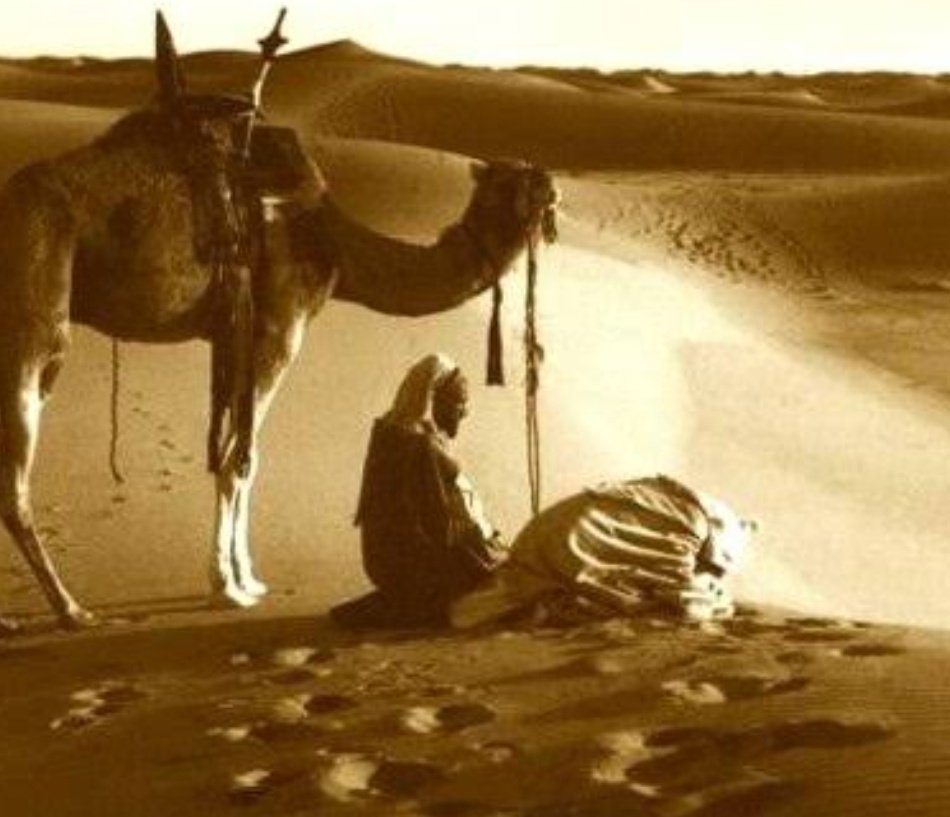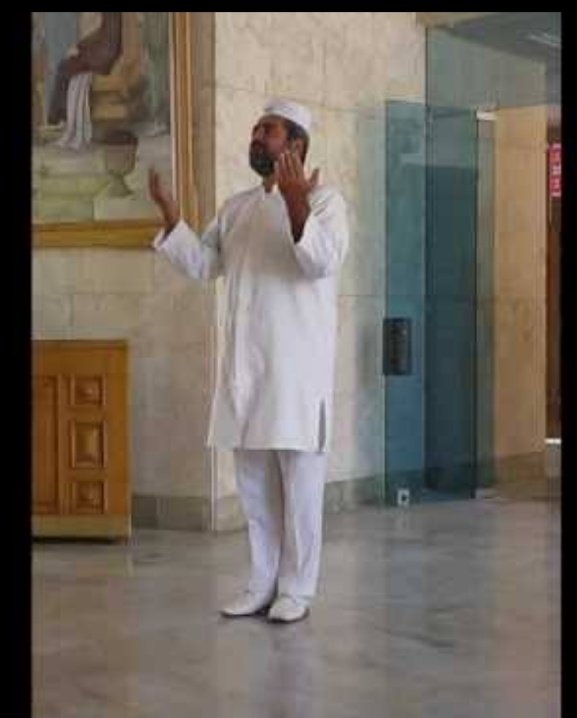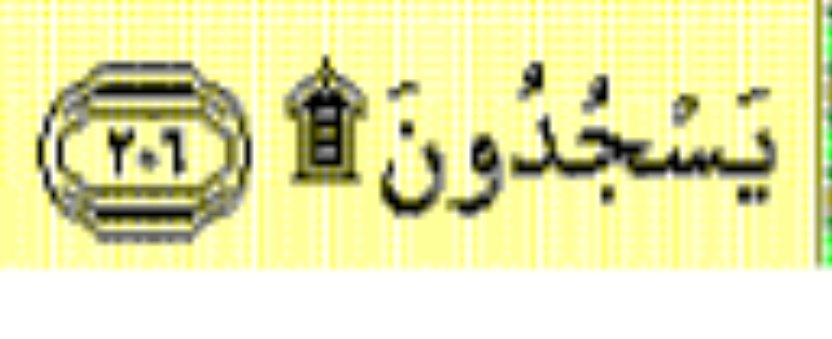Notice how these ancient Sumerian statues (possibly gods and goddesses) all have their hands crossed over their chests in form of worship, much like the Islamic ritual act of prayer, Salah?
Well, it is widely believed that although the Prophet Mohammad is credited for associating ritual prayer with Islam; the fact is these very physical movements and acts of worship, already existed along the Arab Peninsula, way before Islam came into the picture.
The practice of Hajj too, was adopted into the religion from Pre-Islamic Arabian practices. So were many such ritual practices.
What's interesting about the Muslim prayer is that it cannot be credited to one single source, infact it is a 'combination' of sources.
Thread:
What's interesting about the Muslim prayer is that it cannot be credited to one single source, infact it is a 'combination' of sources.
Thread:
Pre-Islamic Arabia, or rather Pagan Arabia, was the defining religion of the entire strip of the region called Hejaz (now Saudi Arabia).
Around this time, before Islam, existed other religions too (although in much smaller numbers) - Zoroastrianism, Christianity, Judaism etc.
Around this time, before Islam, existed other religions too (although in much smaller numbers) - Zoroastrianism, Christianity, Judaism etc.
The Arabic term 'Salat' used to refer to the act of bowing. Which was a common sight in the synagogues and churches existing back then. This goes on to show that the concept ALREADY existed before certain elements were added to it
Although the Holy Quran stresses on observing daily prayers; the finer details and the amount of time it should be carried out, are almost never mentioned.
Prostration is mentioned once of twice, but never more than that.
Prostration is mentioned once of twice, but never more than that.
Or*
The Bedouins used to perform a specific morning prayer of thanks, for success in their business and whatever goods they were selling.
The prayer was to fall into the act of prostration and/or "Sujood"
This was quite common since Hejaz was a trade centre in the Arab world then.
The prayer was to fall into the act of prostration and/or "Sujood"
This was quite common since Hejaz was a trade centre in the Arab world then.
The Jews of Yathrib too, used to involve in such ritual prostration, although the manner has changed drastically over time.
Zoroastrians already pray five times a day and perform a cleansing ritual prior to it.
Keeping in mind that Zoroastrianism predates the Abrahamic faiths, it is highly possible that these practices were incorporated into Islamic prayer as well
Keeping in mind that Zoroastrianism predates the Abrahamic faiths, it is highly possible that these practices were incorporated into Islamic prayer as well
Fun fact: the Islamic symbol for sujood (prostration) is said to be a derivative of the Coptic Christian interpretation of what prostration is supposed to look like:
There are smaller pockets, smaller tribes that had influenced the formation of this very core part of the Islamic faith - such as pagan religions practiced in the Fertile Crescent as well as the Norrh-African strip
But one thing is for sure, no matter how complex and how intricate the details of the Islamic prayer maybe; the roots of it share a common theme across all the other religion.
Which is not to dispel Mohammad's genius in employing these practices, but also trace the origins.
Which is not to dispel Mohammad's genius in employing these practices, but also trace the origins.
References:
1) The Origins of Muslim Prayer: Sixth and Seventh century religious influences on the Salat ritual
By Justin Paul Heinz
2) https://aboutislam.net/counseling/ask-about-islam/muslim-prayer-come-zoroastrianism/
3) https://www.google.com/amp/s/www.myjewishlearning.com/article/physical-movement-in-jewish-prayer/amp/
1) The Origins of Muslim Prayer: Sixth and Seventh century religious influences on the Salat ritual
By Justin Paul Heinz
2) https://aboutislam.net/counseling/ask-about-islam/muslim-prayer-come-zoroastrianism/
3) https://www.google.com/amp/s/www.myjewishlearning.com/article/physical-movement-in-jewish-prayer/amp/
Fin.

 Read on Twitter
Read on Twitter









